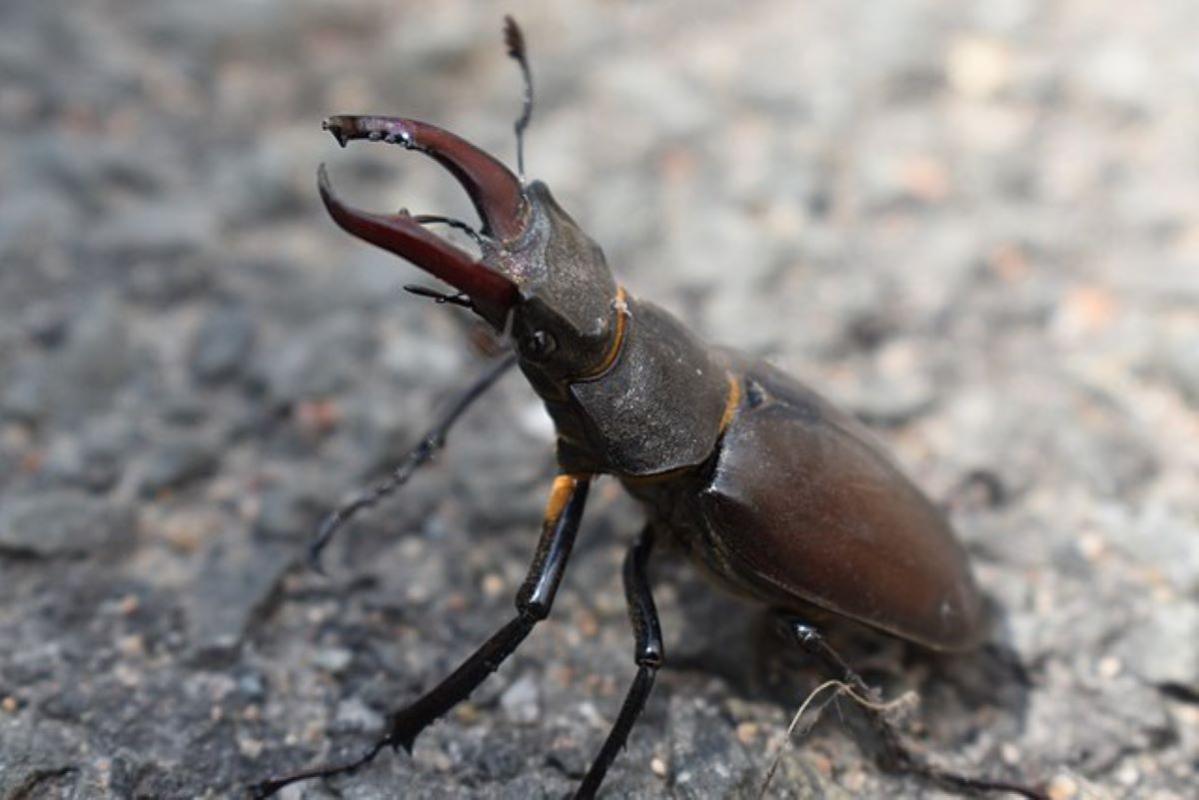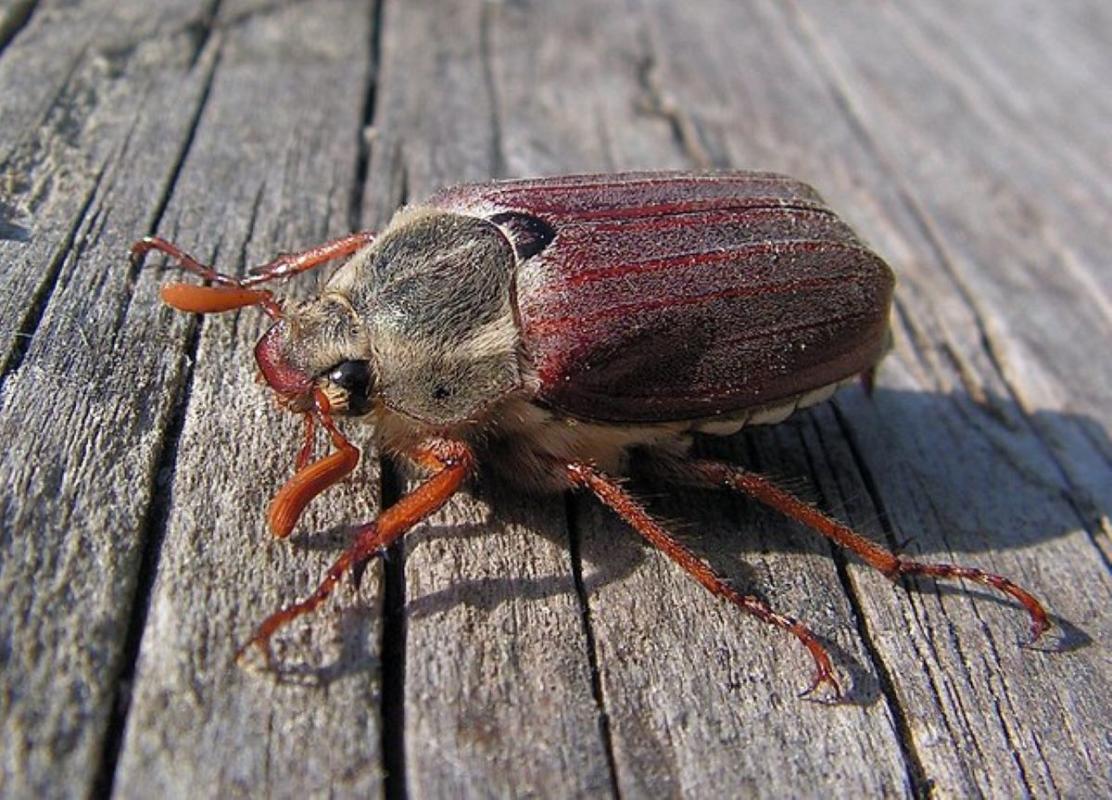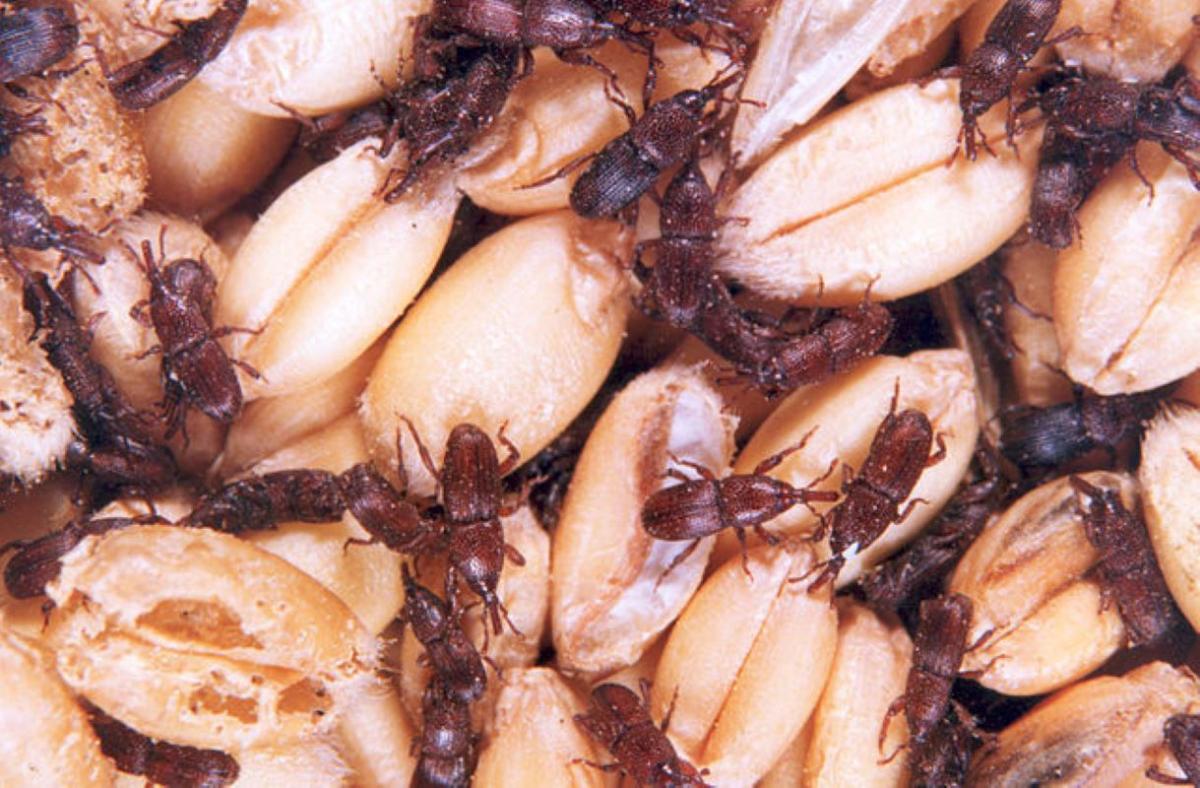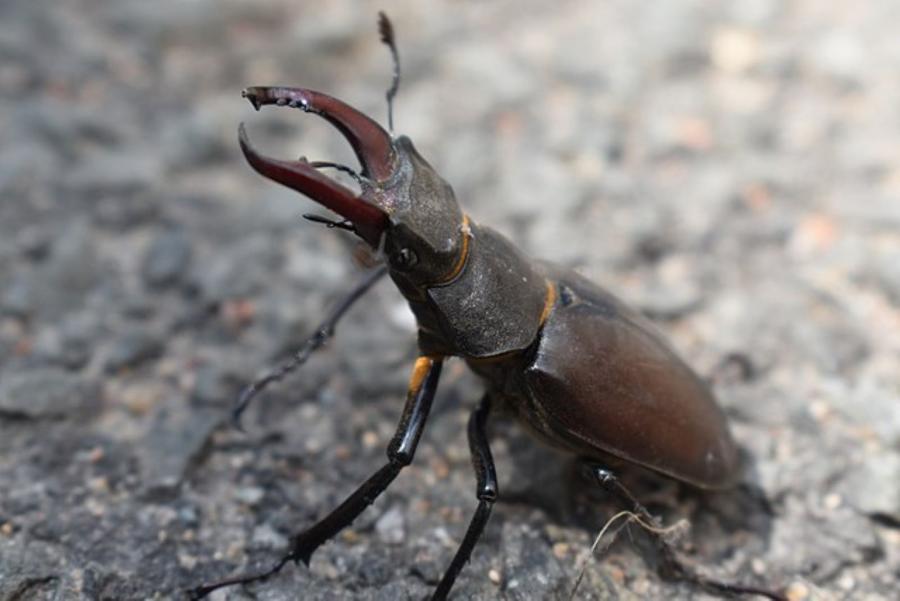With Sander Aerts: Insect Week 2022
It’s National Insect Week, a scheme run by the Royal Entomological society to celebrate the biodiversity brought about by insects great and small. Sander Aerts, our Environmental Archaeology manager, tells us more about how we can protect his favourite order of insect - Beetles:
Secret life of Beetles
For Insect Week we put a spotlight on some wonderful creatures that are often forgotten about. As an archaeoentomologist (Environmental archaeologist focusing on insects) I look at insects from archaeological investigations, which may not be the first thing you think about when someone mentions archaeology. We can learn a huge amount from these animals, by figuring out how and where they live. My absolute favourite critters to look at are beetles. Did you know that a quarter of all animals on earth are beetles? In the UK alone you can find well over 4,000 different species.

Above: The majestic stag beetle. Image credits: Wikimedia Commons
King of the beetles: Stag beetles
As the weather is getting warmer, you may recently have seen some beetles outside. The sun warms them up and gives them energy to go look for food (and maybe a partner if they get lucky). It’s typically the larger beetles that you may notice; black ground beetles of the Carabidae (ground beetle) family crossing a footpath, or the cockchafer (Melolontha melolontha) and June beetle (Amphimallon solstitialis) buzzing around in great numbers. However, many beetles are so tiny that you may not notice them unless you take a close look. The UK’s smallest beetle, which is ironically called Nephanes titan, measures only half a millimetre. The UK’s largest beetle is 140 times larger than that. This is the stag beetle (Lucanus cervus), a truly impressive animal. The males have large mandibles somewhat resembling a stag’s antlers.

Above: Cockchafer beetle Image credit: Wikimedia Commons
Grain weevil mysteries
Not all animals rely on the natural environment alone, but like many other animals such as pigeons and mice, some have adapted perfectly to live alongside people. They live in our pastures, gardens and sometimes even inside our houses. One of my favourite beetles is the grain weevil (Sitophilus granarius). The Romans introduced this flightless beetle to Britain as they were bringing in grain supplies to feed their armies. The grain weevil will drill into grain kernels, such as wheat and barley, and lay its eggs in there. Grain weevils only live in warmer, dry conditions – basically everything that Britain isn’t. They therefore rely completely on humans for food and shelter. To this day, no natural populations of the grain weevil have been found. We can make some educated guesses, but we truly do not know where they came from. However, they are now spread across the globe by cleverly hitchhiking along with people. Not bad for a sluggish beetle that cannot fly.

Above: Grain weevils burrowing. Image credit: Wikimedia Commons
Reconstructing past landscapes
By carefully sieving soil samples and using paraffin oil to extract the miniscule beetle remains, environmental archaeologists can use beetle data to reconstruct past landscapes and human activities. It can be quite a challenge to identify everything as there are so many different species and we often have to work with a loose head or wing but the results are often worth the effort. In some cases, we can even reconstruct temperatures and track climate change using these macrofossils (organic remains large enough to be visible without a microscope).
Understanding our ecosystems
Beetles form an integral part of countless ecosystems so are not only useful to scientists. For example, they provide essential food for birds, but are also responsible for pollinating a wealth of plants. Given how many beetles there are, it is estimated that nearly 90% of all flowering plants on earth are helped by beetles. Sadly, a recent study has shown that we have lost 60% of flying insects in the UK in the last 20 years. Luckily, there is something we can all do. Tidying up our parks and gardens too much means the stag beetle is now endangered. Dead wood and compost provide an ideal nursery room for stag beetle larvae. Encourage the growth of plants in your garden and consider tidying up a little less. Easy enough right? The beetles will thank you forever.
With a greater understanding of these wonderful animals comes a greater appreciation of them too. You don’t need to travel far and wide to discover exciting wildlife. When you are outside, have a look inside a flower, or pick up a rotting log. There are lots of free apps available online to help you identify insects or have a look in your local second-hand book shop for an identification guide. You will discover tiny worlds that you may not previously have noticed. Above all, you’ll see that insects are incredible and worth giving a helping hand.
This blog was informed by ‘The Bugs Matter Citizen Science Survey’

